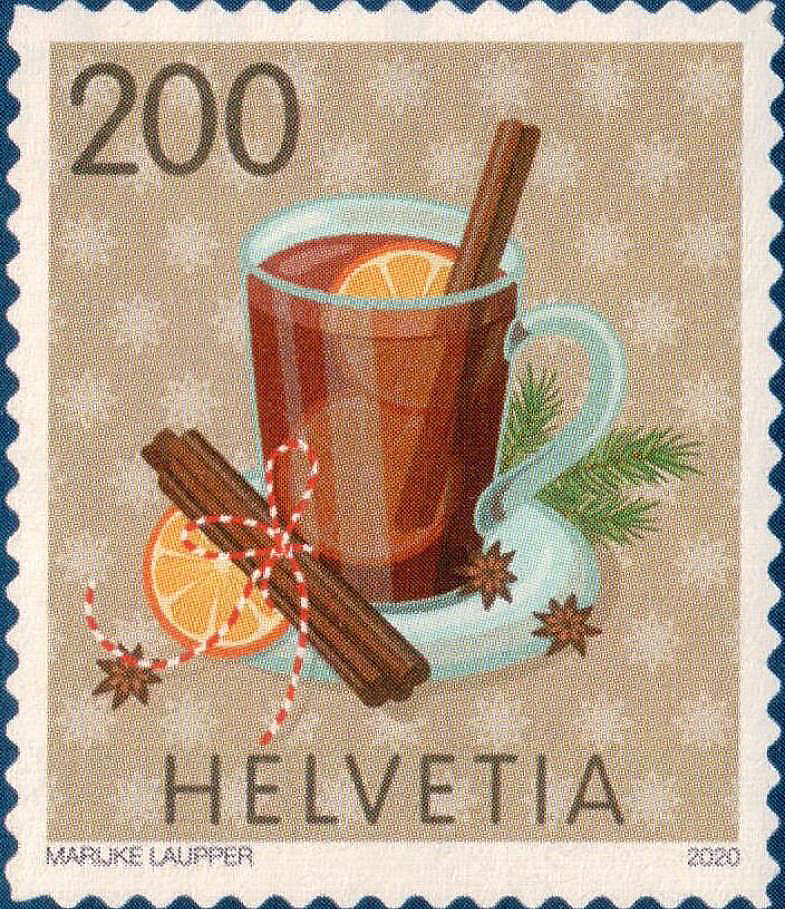 No Christmas season without mulled wine. The hot drink (alcoholic or non-alcoholic) is very popular. Almost certainly not only because it warms on cold days, but also because of its spice content. A few of these spices that are not to be missed, at least in my mulled wine, are as follows:
No Christmas season without mulled wine. The hot drink (alcoholic or non-alcoholic) is very popular. Almost certainly not only because it warms on cold days, but also because of its spice content. A few of these spices that are not to be missed, at least in my mulled wine, are as follows:
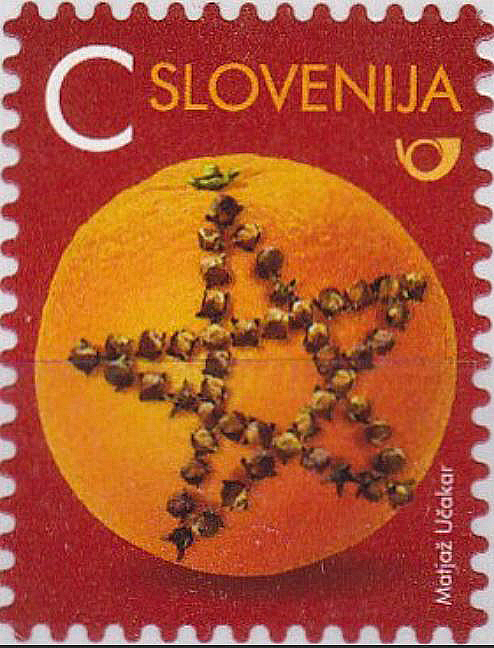 Cloves are one of the most important ingredients. The clove oil eugenol has a long tradition as a remedy for toothache: it has a mild anaesthetic effect and is also antibacterial. At Christmas, however, it is used more for its characteristic smell. Such aromatic substances are also the reason why mulled wine should not be allowed to get hotter than about 70 degrees Celsius: eugenol, but also cinnamaldehyde and many other fragrant chemicals are sensitive to oxidation and then usually form bitter substances.
Cloves are one of the most important ingredients. The clove oil eugenol has a long tradition as a remedy for toothache: it has a mild anaesthetic effect and is also antibacterial. At Christmas, however, it is used more for its characteristic smell. Such aromatic substances are also the reason why mulled wine should not be allowed to get hotter than about 70 degrees Celsius: eugenol, but also cinnamaldehyde and many other fragrant chemicals are sensitive to oxidation and then usually form bitter substances.
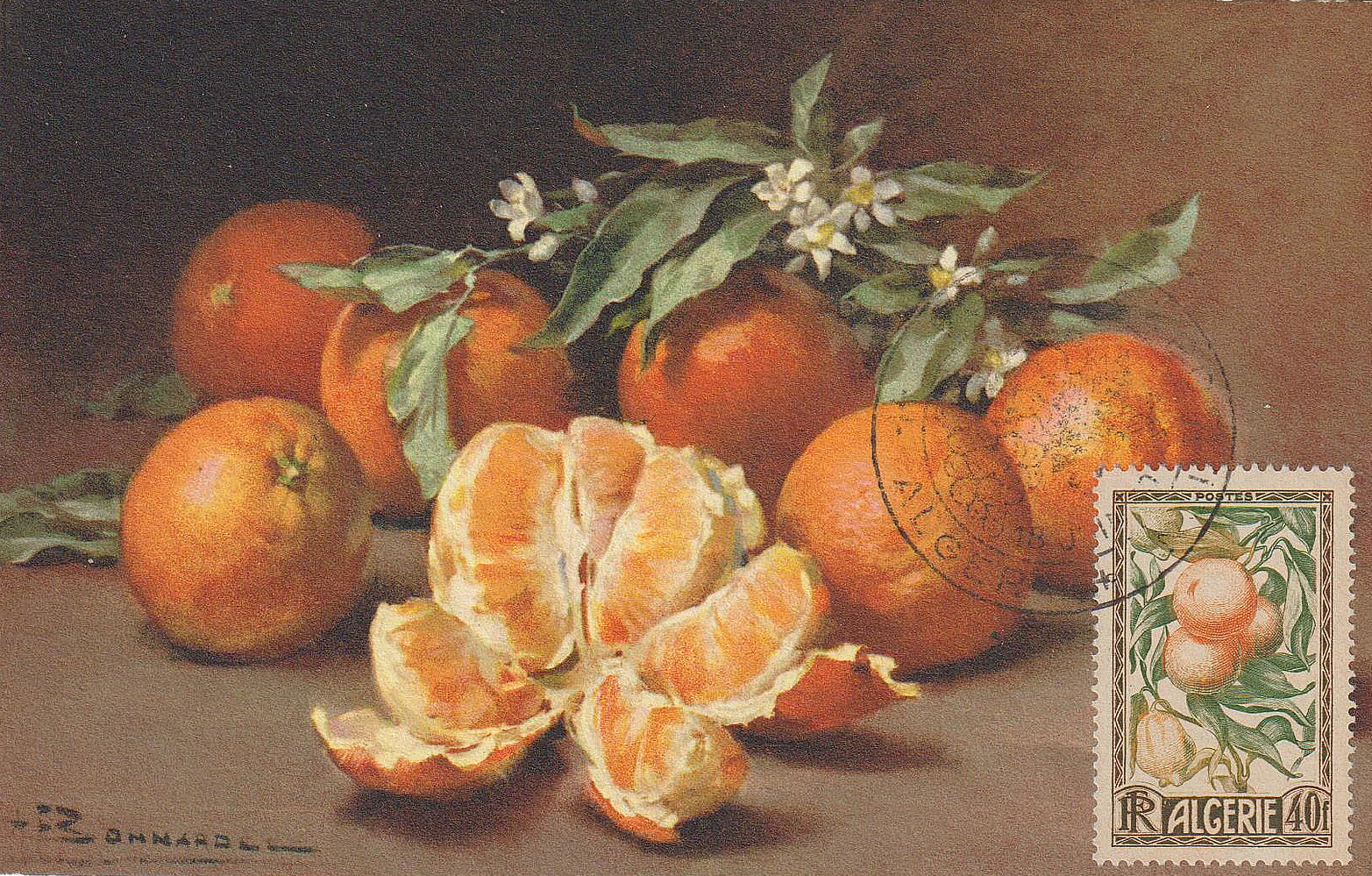 Oranges and other citrus fruits not only contain vitamin C, but also a whole range of flavours and fragrances. Their peels are particularly rich in R-(+)-limonene, which not only smells intensely of orange, but is also technically used together with its enantiomer S-(-)-limonene as a biological paint thinner. When orange peels are thrown into mulled wine, a shimmering film spreads from them, which consists mainly of limonene.
Oranges and other citrus fruits not only contain vitamin C, but also a whole range of flavours and fragrances. Their peels are particularly rich in R-(+)-limonene, which not only smells intensely of orange, but is also technically used together with its enantiomer S-(-)-limonene as a biological paint thinner. When orange peels are thrown into mulled wine, a shimmering film spreads from them, which consists mainly of limonene.
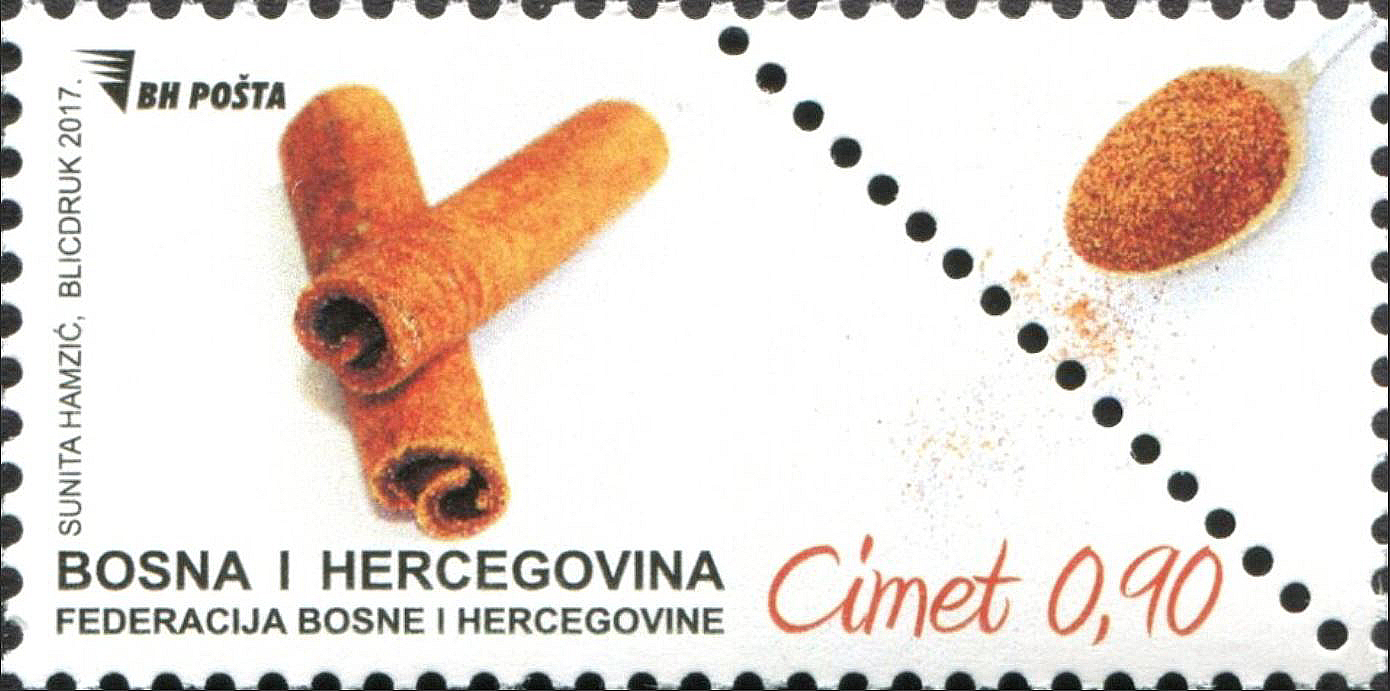 Cinnamon is another essential ingredient of mulled wine. Its aroma comes from cinnamaldehyde, which makes up about 90 percent of the oil contained in the cinnamon stick. The cinnamon stick is effectively the middle layer of the bark of the cinnamon tree, which rolls up into a tube after harvesting. Cinnamaldehyde itself not only smells and tastes good, but also has an antimicrobial effect in high doses.
Cinnamon is another essential ingredient of mulled wine. Its aroma comes from cinnamaldehyde, which makes up about 90 percent of the oil contained in the cinnamon stick. The cinnamon stick is effectively the middle layer of the bark of the cinnamon tree, which rolls up into a tube after harvesting. Cinnamaldehyde itself not only smells and tastes good, but also has an antimicrobial effect in high doses.
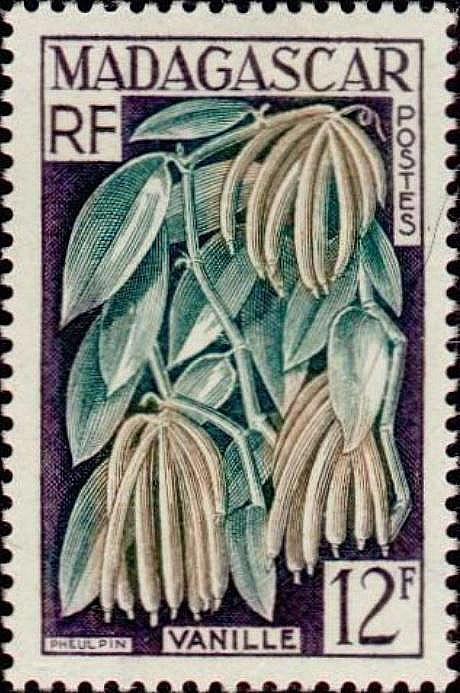 Another Christmas spice is vanilla together with the fragrance vanillin – the most important aromatic substance in the world in terms of quantity. In addition, the aromatic substance also plays a role in the production of medicines and in medical analysis. Only a tiny part of the vanillin comes from real vanilla beans. The rest is waste material from the production of cellulose: a lot of the wood’s lignin is produced, from which vanillin and other related substances are extracted with the help of alkalis and oxidising agents. Less Christmasy: The Japanese chemist Mayu Yamamoto won the alternative Nobel Prize in 2007 for proving that vanillin can also be extracted from cow dung.
Another Christmas spice is vanilla together with the fragrance vanillin – the most important aromatic substance in the world in terms of quantity. In addition, the aromatic substance also plays a role in the production of medicines and in medical analysis. Only a tiny part of the vanillin comes from real vanilla beans. The rest is waste material from the production of cellulose: a lot of the wood’s lignin is produced, from which vanillin and other related substances are extracted with the help of alkalis and oxidising agents. Less Christmasy: The Japanese chemist Mayu Yamamoto won the alternative Nobel Prize in 2007 for proving that vanillin can also be extracted from cow dung.
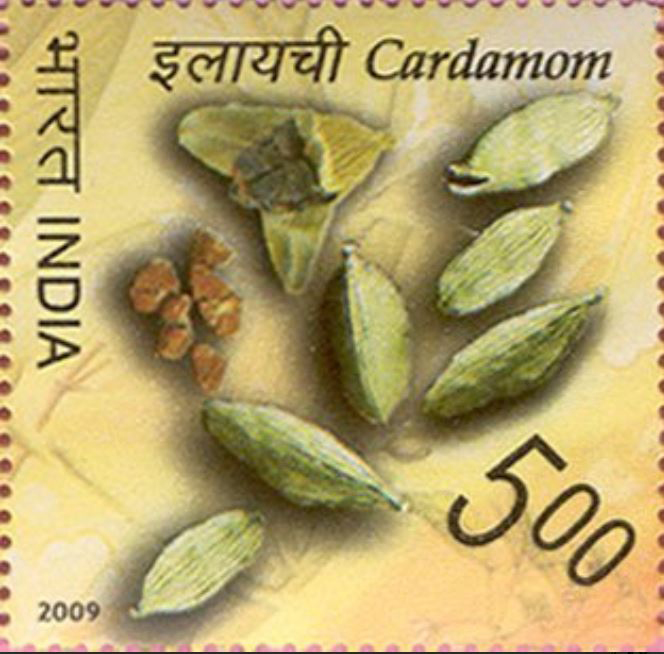 Along with saffron and vanilla, cardamom is one of the most expensive spices in the world. The two varieties “green” and “black” cardamom are used regionally differently for seasoning and have positive effects on health. Consumption of cardamom is particularly beneficial for gastrointestinal disorders. The ancient Egyptians chewed the seeds to freshen their breath and whiten their teeth. The seeds of the green cardamom contain an essential oil that consists of a total of 120 individual components. The two main components are alpha-terpinyl acetate and cineole.
Along with saffron and vanilla, cardamom is one of the most expensive spices in the world. The two varieties “green” and “black” cardamom are used regionally differently for seasoning and have positive effects on health. Consumption of cardamom is particularly beneficial for gastrointestinal disorders. The ancient Egyptians chewed the seeds to freshen their breath and whiten their teeth. The seeds of the green cardamom contain an essential oil that consists of a total of 120 individual components. The two main components are alpha-terpinyl acetate and cineole.
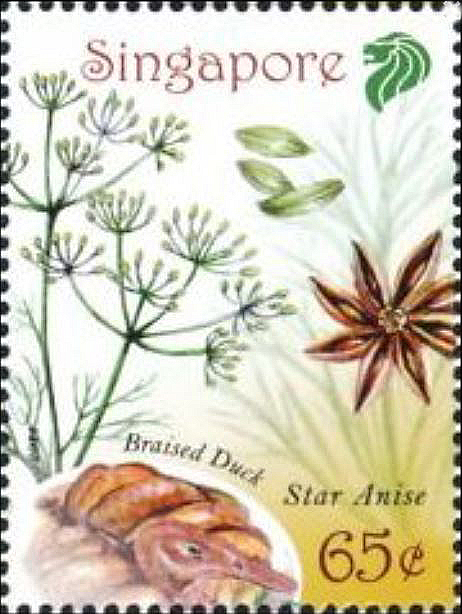 Aniseed is one of the oldest spices and medicinal herbs. As early as the 16th century BC, Cretans seasoned wine with aniseed and Pythagoras valued bread seasoned with aniseed as a delicacy. In our part of the world, aniseed was cultivated by monks and nuns in monastery herb gardens from the Middle Ages onwards. For Christmas treats, however, it is more common to use the decorative star anise. Its fruits taste sweet, flowery and mild. The essential oil of aniseed consists of 95 % anethole.
Aniseed is one of the oldest spices and medicinal herbs. As early as the 16th century BC, Cretans seasoned wine with aniseed and Pythagoras valued bread seasoned with aniseed as a delicacy. In our part of the world, aniseed was cultivated by monks and nuns in monastery herb gardens from the Middle Ages onwards. For Christmas treats, however, it is more common to use the decorative star anise. Its fruits taste sweet, flowery and mild. The essential oil of aniseed consists of 95 % anethole.
